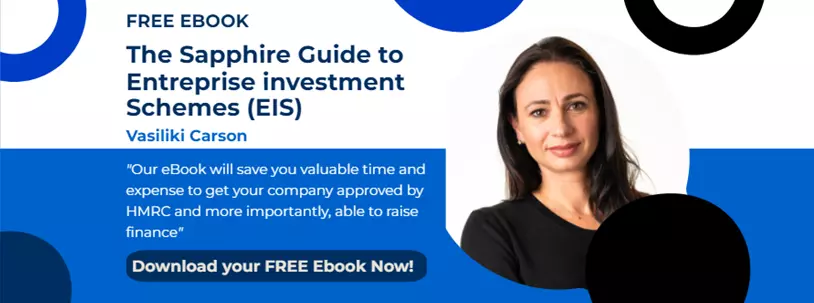Venture Capital Schemes such as SEIS and EIS were primarily created to support early-stage, high-risk companies who need a capital injection to expand over the long-term. In the 2017 budget, the UK government announced the “Risk-to-Capital” condition applying to all Seed Enterprise Investment Schemes (SEIS) and Enterprise Investment Schemes (EIS) applications submitted after December 2017.
“Why was the Risk to Capital Condition Needed?”
The main reason the Risk-to-Capital condition was introduced was to prevent tax-motivated investments, where investors received considerable tax reliefs with minimal risk to their initial investment. Capital preservation investments were structured to provide a low risk return for the investor. Examples of this included certain projects in the film sector as well as companies in which the SEIS/EIS monies were predominately used to buy property.
“What is the Risk-to-Capital Condition?”
There are two parts to the Risk-to-Capital condition:
- Growth and Development: The company must have the objective to grow and develop in the long-term. Companies need to be able to demonstrate this growth as a result of the investment, this can be shown through a company’s financial projections, customer base, number of employees, etc.
- Significant Risk: There must be a considerable risk that investors will lose their share capital (e.,their investment). A company must not have anything that acts as capital preservation from HMRC’s point of view. A company should be realistic in presenting both the risks and opportunities in their business plan, this includes everything from the genuine commercial risk to the competitors and the industry itself.
“What Does This Mean for a Company?”
The Risk-to-Capital condition is considerably more interpretational than the other qualifying conditions of SEIS/EIS. HMRC will make a judgement on whether the company intends to grow and if there is capital preservation present in the investment, and consequently if there is a significant risk to investors capital. If HMRC believes a company does not meet this requirement, they will contact the company letting them know they require more information to meet the condition. This means companies will have a chance to present their case for meeting this condition before HMRC sends them a rejected decision.
The Risk-to-Capital condition ensures companies carry the appropriate growth and risk that the Venture Capital Schemes were originally created to support. Our specialists at Sapphire will be happy to discuss whether your company meets the Risk-to-Capital condition and/or how you may be able to meet it and the other qualifying conditions.



